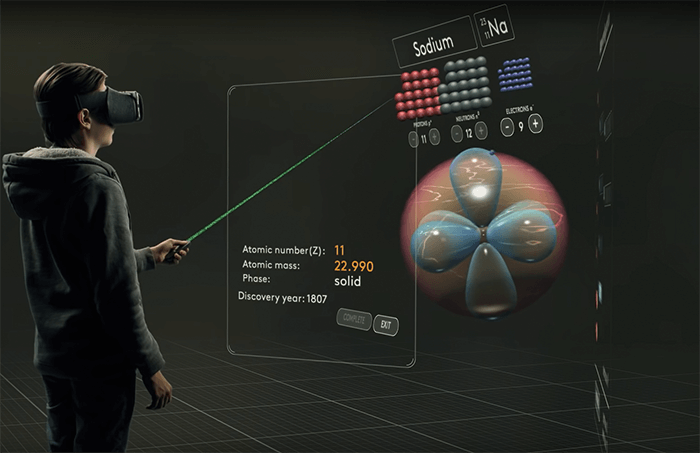MEL Chemistry VR – a new series of virtual reality science lessons launched for Google Daydream in June 2017 – aims to help high school students learn by “immersing” themselves in atom-level chemistry. “Chemistry is filled with abstract concepts that are difficult for young minds to grasp,” explained company founder Vassily Philippov in a recent press release. “VR is perfect for placing kids inside a chemical reaction, to see how these molecules interact with each other,” and is likely to be somewhat safer than Ian Wilson’s childhood dabblings here.

But don’t fret. Philippov has no desire to replace wet chemistry with a VR version: “Real hands-on experiments are more engaging for kids. You see science. You touch science. You smell science. Every time I do experiments with kids, I see their eyes light up. We don’t want to take that away from them.” MEL Science – the company behind MEL Chemistry VR (https://melscience.com/vr/) – believes VR is a much more efficient way of helping young people gain a deeper understanding of complex subjects, cutting down on explanation time and encouraging curiosity. Philippov elaborated: “Instead of memorizing how nitric acid reacts in five different conditions, they will understand how it interacts. They will understand what is happening with the molecules, ions and atoms in this reaction. They will see for themselves why it interacts differently in different conditions.” So, the big question: who’s volunteering to plead with Philippov to create MEL Analytical Chemistry VR?
